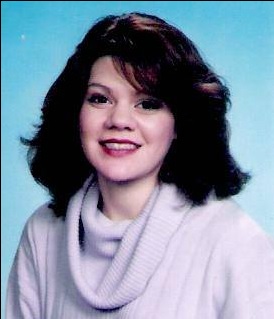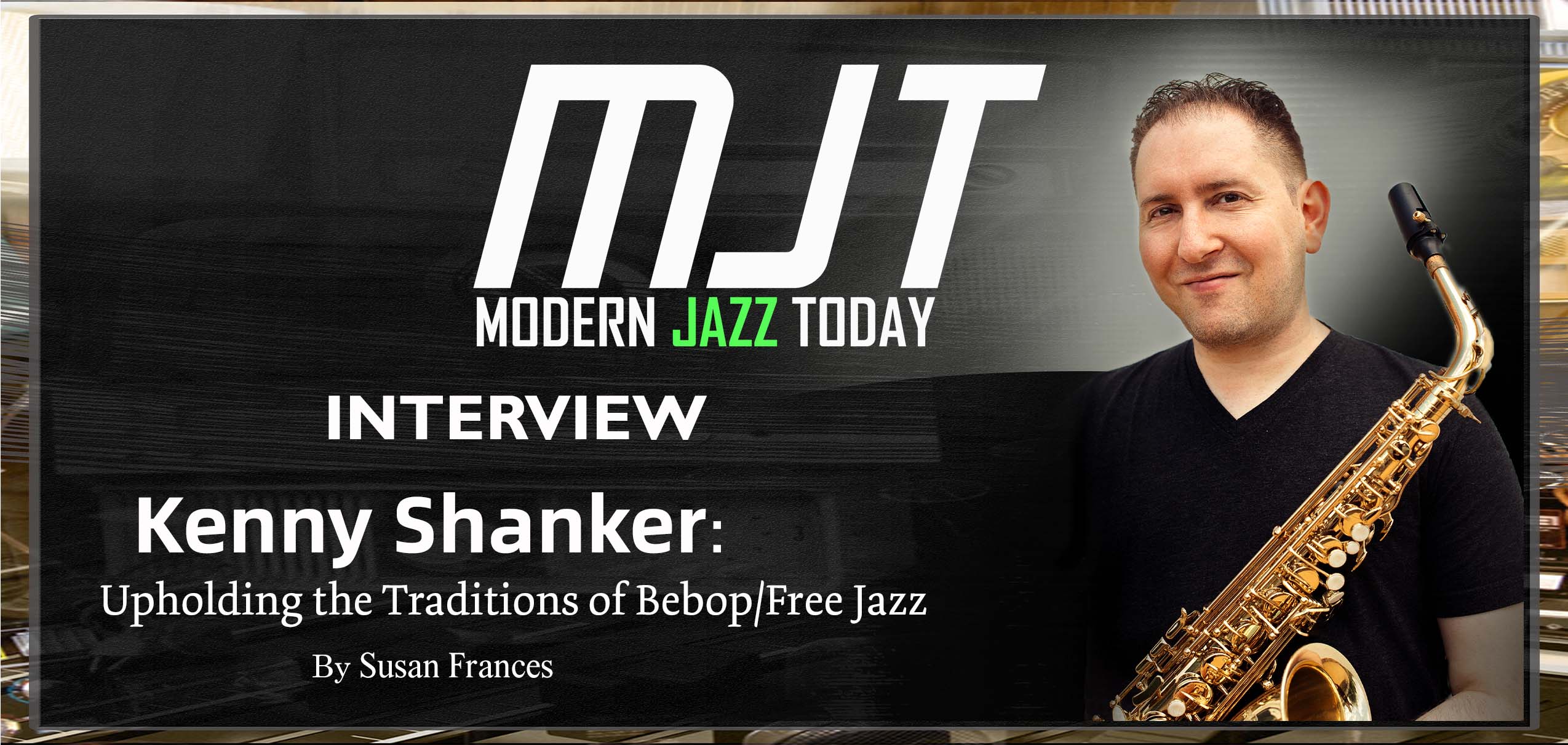Kenny Shanker: Upholding the Traditions of Bebop/Free Jazz
By Susan Frances

Shanker’s latest release, Vortex as a leader, features his longtime band members, Daisuke Abe on guitar, Mike Eckroth on piano, Yoshi Waki on bass, and Brian Fishler on drums. But, he beams, “I have been playing with the same band for many years.”
He confides, “I met Brian Fishler when I was 15 years old. We used to do gigs together where we grew up in Northern California.”
“Mike and Yoshi,” he continues, “were in my band before I recorded my first album, Steppin’ Up.”
“Daisuke Abe,” he cites, “joined my band right before I recorded my second album, Action City.”
“Since then,” he capsulates, “we have made a half dozen recordings in various configurations, including two collaborative recordings under the name, Coalescence.”
“I love working with these guys,” he enthuses, “because, in addition to being extraordinary musicians, they are also some of the greatest human beings I have ever known. We are all close friends, and I think the connection between us comes through in the music we make together.”
“Vortex is actually my seventh release with this band,” he notes, “but we have made other records together with different artists.”
For instance, prior to Vortex, Shanker and his band released Beautiful Things in 2021, working with pianist Bill Mobley on a handful of tracks. One of them being the upbeat “Orange and Grey,” which Shanker reveals, “‘Orange and Grey’ is named after my two cats, Mushie and Jacob. Mushie is an orange cat, and Jacob is a grey cat, and they love to play together. I tried to capture the joy and intense energy of them chasing each other around my apartment.”
“There are two main sections of this composition,” he outlines. “The first is the melody section, where everyone has a pre-written part. The second section, the solo section, is primarily free in this composition. Each band member takes turns soloing, but there are no set chord changes or any other restrictions on what the soloist or band can play. It is meant to be completely spontaneous.”
“If we played this piece 100 times,” he guarantees, “you would hear 100 entirely different songs. The melody would be the only common thread between the different versions. I have always enjoyed free jazz because it allows for unlimited possibilities. This band works particularly well playing in this style.”
He resumes, “Even though I have known these musicians for a very long time, I am always learning new things about them. When we are in the studio together, I welcome creative input from every band member. I completely trust their musical judgment, and I am frequently surprised and delighted by some of the ideas they introduce during these recordings. Everyone brings a unique perspective to the creative process, and I never know what might come up during these sessions.”

“When putting together a program for a live performance or a studio album,” he explains, “I have the same concept in my head. I imagine what it would be like if I were sitting in the audience listening to the music. What would I want to hear next? What would keep me engaged and excited during the show? I like to constantly change the emotional texture throughout the course of an album.”
“There is nothing quite like the experience of live music,” he proclaims. “As an audience member, I love watching musicians create right in front of me. It feels like I am a part of something unique and extraordinary.”
Reversely, he describes, “As a performer, I can feel the connection to a live audience while I am on stage. It inspires me and brings the music to another level. Just playing music without sharing it with others doesn’t feel quite right to me. Music was meant to be shared and enjoyed.”
“Perhaps it is just the way I am built,” he reasons, “but I don’t like to stay in one emotional place for too long. I find it more exciting when there are twists and turns and surprises around every corner. That’s the way I put together the set for Vortex and all of my recordings.”
One track from Vortex that illustrates Shanker and his band members’ flexibility and nimbleness to move around each other is “Hunter,” which he provides, “‘Hunter’ was pretty straightforward. I was hearing the sound of John Coltrane’s classic quartet in my head when I was putting together the arrangement. I love the energy of that quartet, and I often attempt to get that kind of sound.”
“Like almost every track from the album,” he points out, “we recorded ‘Hunter’ in one take, as if we were doing a live performance.
His strategy for composing music embraces both traditional idioms and improvisational phrasing, bonding the two components harmoniously. He remembers when he embarked on his voyage to becoming a composer, “I started writing my own music when I was very young. It was just something that came naturally to me.”
“Music is frequently swimming around in my head,” he purports, “and I feel like I am always mentally scoring the soundtrack to my life. Whenever possible, I write out the music I am hearing in my head, and I come back to it later to refine it and turn it into a more formal composition.”
Jazz proved to be a perfect forum for Shanker to display his talent. It’s an alliance he recognized in his youth. “I love everything about jazz,” he asserts. “I could listen to an album like Kind of Blue every day for the rest of my life and still find something different and surprising about it every time I hear it.”
He surmises, “A jazz recording essentially captures a moment in time, and when I listen to it, I am immediately transported to that time and place. I am sitting in that room with those musicians, feeling what they were feeling.”
“Seeing live jazz,” he postulates, “is even more spectacular. Everyone in the audience is a part of the magic. The sound of the room, the smell in the air, and every aspect of each moment all contribute to the creation of the music. The unique energy that an audience brings to a concert significantly impacts the musicians on stage.”

He recalls, “I picked up the saxophone when I was in fifth grade. My father played the saxophone in high school, and he still had his old instrument at home. I always wanted to try playing on it, and I immediately fell in love with it.”
“I always knew I was going to be a professional musician.” he declares. “I played my first gig when I was in 6th grade, and I never looked back. I moved to New York City right after high school, and I have been here ever since. I am incredibly fortunate to get the opportunity to work with so many outstanding musicians here on a regular basis.”
His exposure to talent propelled him forward, becoming the impetus for him to compose music for his debut release Steppin’ Up, in 2011. “I was so excited to release Steppin’ Up in 2011,” he vows. “Since then, I have grown a lot as a musician and as a human being, but I think that early recording is an accurate snapshot of my life at the time.”
“In many ways,” he reflects, “the music on that album represents the period in my musical journey where everything was still new and fresh. I wrote many of the compositions several years before I made the recording, but there were also a few new ones. I looked at everything I had, and I tried to pick out the music I was most excited about at the time.”
Composing music in the moment is a trait that has mobilized Shanker as a composer and bandleader. He examines, “So many things have changed in my personal life in the past several years, and I find that my music evolves as I continue to grow as a human being. The connection between what I hear in my head and what comes out in my writing and playing improves every year.”
He discerns, “I also am able to hear things in my head that I would never have been able to understand years ago. I am always
Shanker expounds that life offers many other rewards as well, as he regards, “I love spending time with my family and friends. I am a voracious reader, and I enjoy cooking and taking long walks in nature. I also have a particular interest in psychology, and I love to study anything that has to do with the mind. Most of the time, I am just a big goofball, and I always enjoy a good laugh.”
As a composer, saxophonist, and bandleader, Kenny Shanker encompasses all the traits one has come to enjoy about dynamic bebop/free jazz artists. His understanding and attachment to jazz principles have enabled him to bond with the milieu comfortably and uphold its traditions with an authenticity that inspires burgeoning generations.
About Susan Frances:
 Born in Brooklyn, New York and raised in eastern Long Island, I always enjoyed writing and made several contributions to my high school literary magazine, The Lion’s Pen. Influenced by writers of epic novels including Colleen McCullough and James Clavell, I gravitated to creative writing. After graduating from New York University with a BA in Liberal Arts, I tried my hand at conventional jobs but always returned to creative writing. Since 1998, I have been a freelance writer and have over three thousand articles to various e-zines including: Jazz Times, Blogcritics, Yahoo Voices, Goodreads.com, Authors and Books (books.wiseto.com), TheReadingRoom.com, Amazon.com, Epinions.com, Fictiondb.com, LibraryThing.com, BTS emag, BarnesandNoble.com, RomanticHistoricalReviews.com, AReCafe.com, Hybrid Magazine, and BookDepository.com. In 2013 and 2014, I was a judge in the Orange Rose Writing Competition sponsored by the Orange County chapter of the Romance Writers of America located in Brea, California.
Born in Brooklyn, New York and raised in eastern Long Island, I always enjoyed writing and made several contributions to my high school literary magazine, The Lion’s Pen. Influenced by writers of epic novels including Colleen McCullough and James Clavell, I gravitated to creative writing. After graduating from New York University with a BA in Liberal Arts, I tried my hand at conventional jobs but always returned to creative writing. Since 1998, I have been a freelance writer and have over three thousand articles to various e-zines including: Jazz Times, Blogcritics, Yahoo Voices, Goodreads.com, Authors and Books (books.wiseto.com), TheReadingRoom.com, Amazon.com, Epinions.com, Fictiondb.com, LibraryThing.com, BTS emag, BarnesandNoble.com, RomanticHistoricalReviews.com, AReCafe.com, Hybrid Magazine, and BookDepository.com. In 2013 and 2014, I was a judge in the Orange Rose Writing Competition sponsored by the Orange County chapter of the Romance Writers of America located in Brea, California.





No Comments